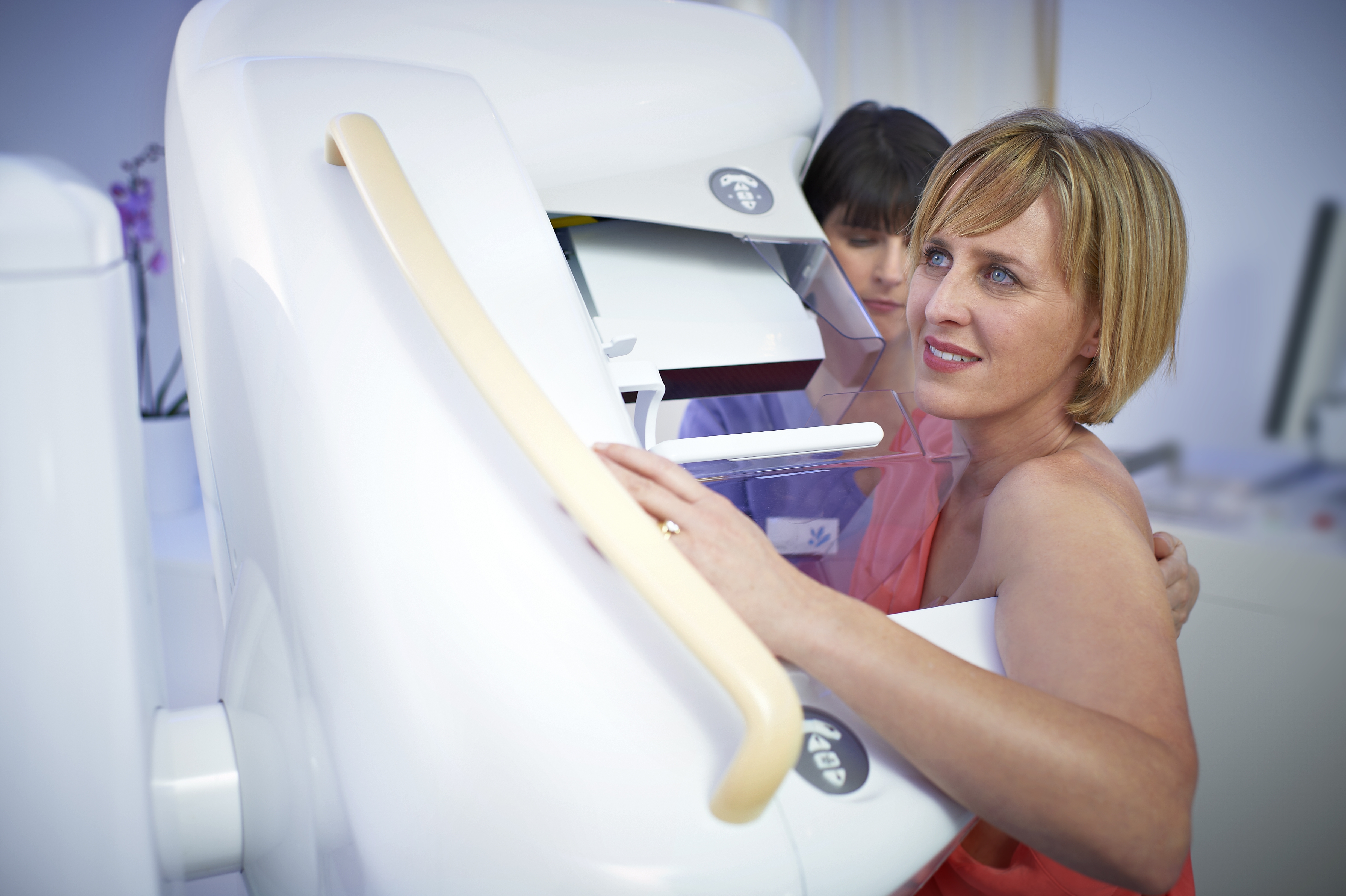
March 28, 2014 — The global burden of breast cancer remains immense in 2013, with over 1.6 million new cases being diagnosed annually. This burden has been increasing at a rate of 3.1 percent per year, and while the majority of new cases are diagnosed among women in developed countries, the 450,000 deaths per year from the disease are now equally divided between the developing and developed world, the 9th European Breast Cancer conference (EBCC-9) will hear Friday, March 28.
Prof. Peter Boyle, director of the University of Strathclyde Institute of Global Public Health at the International Prevention Research Institute (iPRI) in Lyon, France, will tell the conference that in Scotland the death rate from breast cancer is now at its lowest level in over 100 years. "This positive situation has been brought about by contributions from a variety of sources including the development and availability of effective treatments, increased awareness among women, the national NHS Breast Screening program, and free access for all women to high-quality diagnostic and treatment facilities. While this is very positive, not all women worldwide have been able to benefit from these advances and the contrast between the situation in rich and poor countries is staggering."
"But even here in Scotland there are considerable differences due to lifestyle and social class; for example, Prof. Gillis has shown that, in Glasgow, two women with breast cancer of the same age, presenting for the same treatment at the same time, and with the same tumor characteristic, may have a ten point percentage difference in five-year survival simply because one comes from an affluent area of the city and the other from a deprived area. This is irrespective of whether or not they are treated by breast cancer specialists." [1]
Eliminating these differences is a matter of urgency, Professor Boyle will say. "We need to make a reduction in the number of women developing and dying from breast cancer a global priority."
Women in low income countries, and particularly in Africa, tend to seek medical attention for their disease only once it is at an advanced stage and has spread to other parts of the body, and by this stage the only option is palliation, which is often itself not available or, at best, not optimal. The World Breast Cancer Report 2012 [2], published by the iPRI, collected data about groups of breast cancer patients from institutes throughout the world in order to develop a clearer picture of the current situation. "We found that in high income countries, such as the United Kingdom and Australia, there were very few women who were diagnosed initially with stage III or IV (advanced and metastatic) disease," Boyle will say, "whereas in countries such as Kenya and Uganda almost all women with breast cancer presented at Stage III or IV.
"Given that the difference in survival when going from a stage I to a stage II breast cancer is approximately 12 percentage points, and from a stage III to a stage IV around 30 percentage points, it is clear that our first priority should be to do all we can to encourage women in low-income countries to present to their doctor before their breast cancer is at such advanced stage that cure is no longer possible."
An increasing population size, longer life expectancy, a decrease in the stigma attached to a diagnosis of breast cancer, increases in awareness, and the introduction of early detection programs in lower resource countries will inevitably lead to an increase in the numbers of new cases being diagnosed. "What we need to ensure is that appropriate treatment facilities are available, and this is often not the case," Boyle will say.
For example, in many low-income countries, radiotherapy facilities are either unavailable or present on such a limited scale that they can barely make a difference, and, for women with late-stage terminal cancer who are often in great pain, opioid medications to control pain are frequently lacking.
"It is not as though breast cancer is a new disease — it has been around for thousands of years — or as though it cannot be treated effectively," Boyle will conclude. "While there is plenty of good news to report, at least in the developed world, what is particularly alarming is that there are still so many preventable deaths due to the combination of a lack of awareness and a lack of resources. Epidemiology has a vital role to play both in elucidating the current situation and in bringing it to the notice of those who are able to do something about it."
Dr. Hilary Dobson, chair of EBCC-9's national organizing committee and who is clinical lead of the West of Scotland Breast Screening Service and the lead clinician of the West of Scotland Cancer Advisory Network (WoSCAN), commented: "As important as improvements in the diagnosis and treatment are in the challenge of reducing the number of deaths from breast cancer, understanding the complexities of its aetiology remains a cherished goal. This review of the epidemiology of breast cancer provides a comprehensive overview of the topic, highlighting more recent developments in our understanding of the significance of lifestyle choices in the context of contributing to the cause of breast cancer. There remains, however, a critical need for a continued focus on research into primary prevention."


 April 16, 2024
April 16, 2024 








